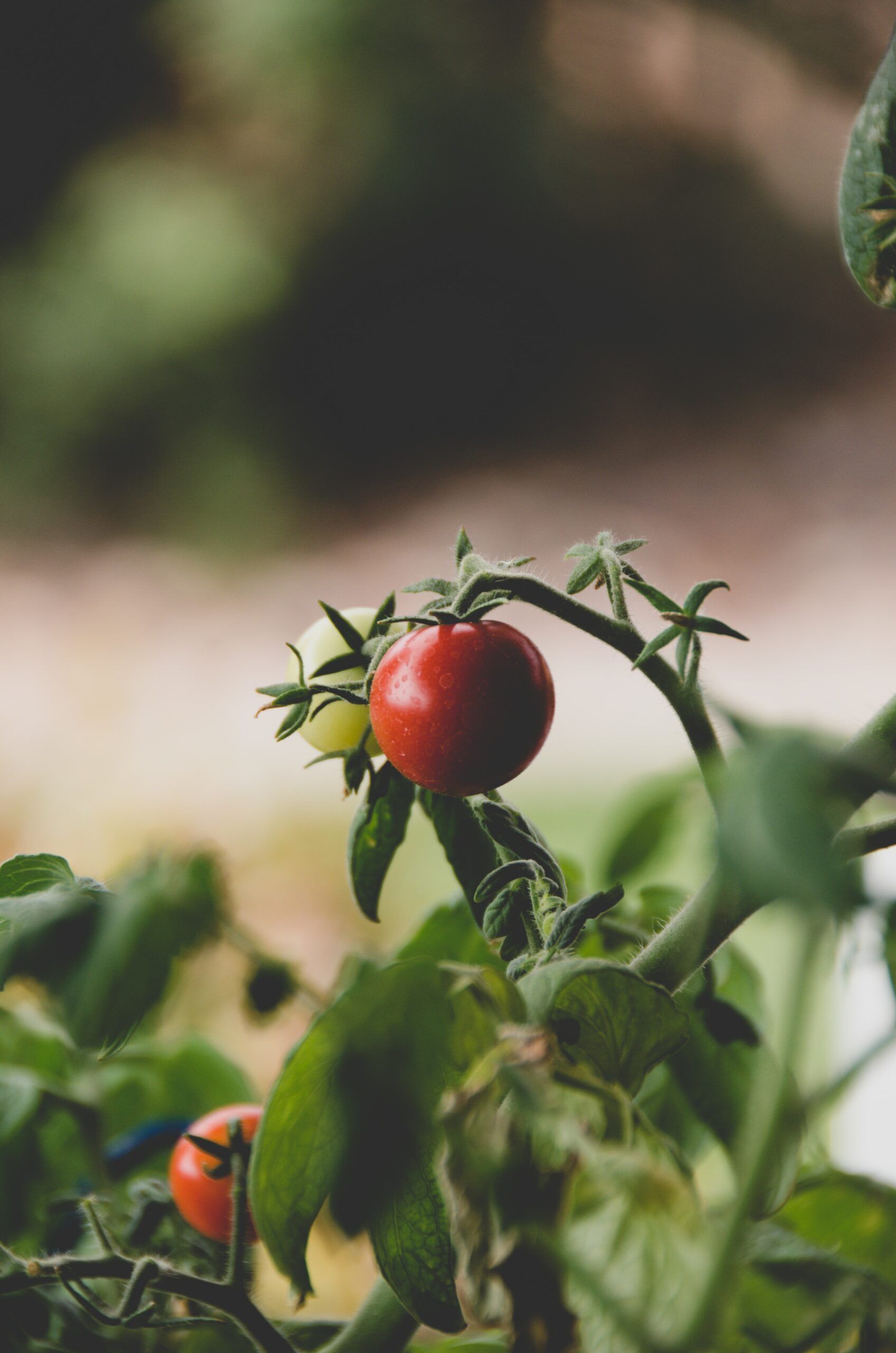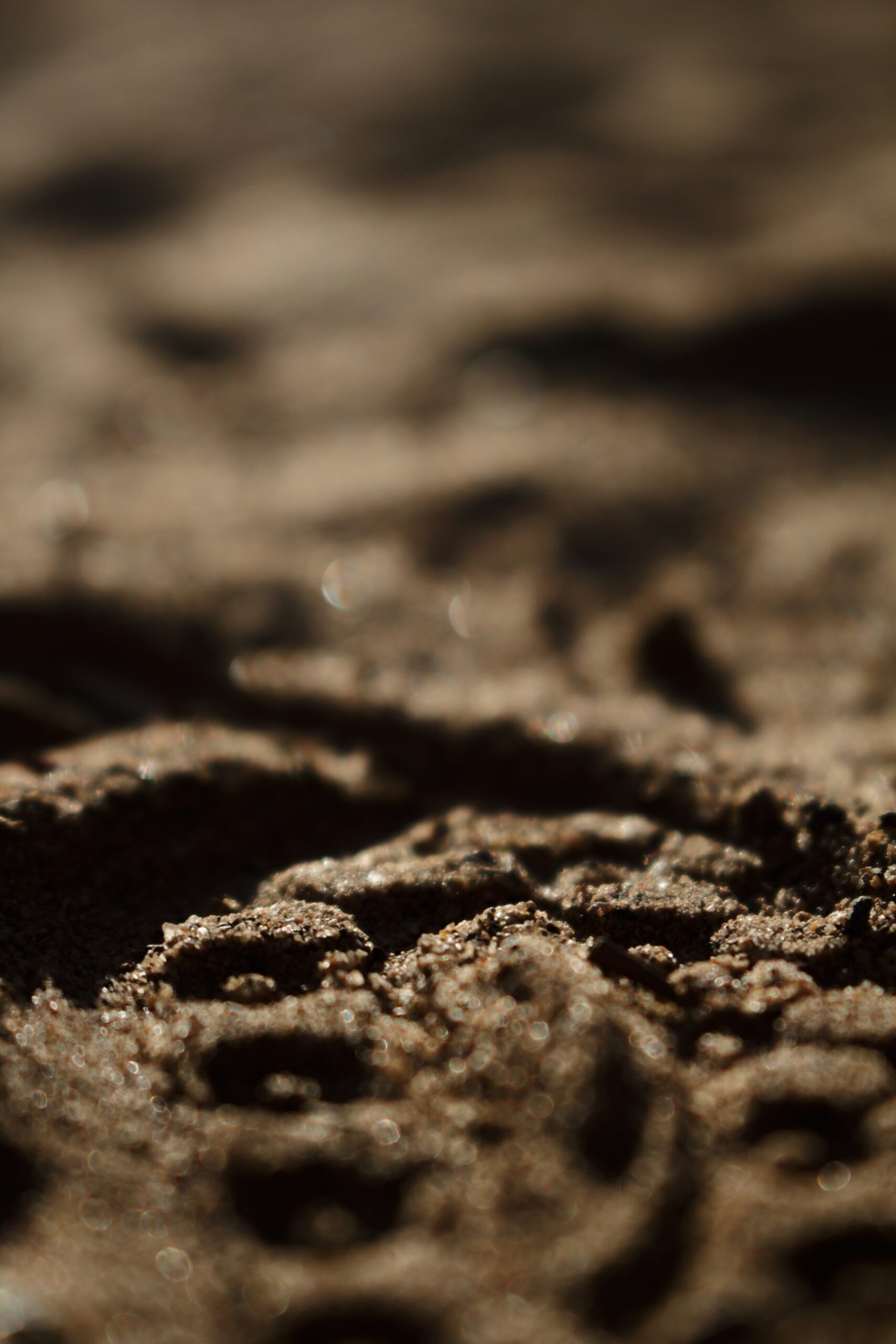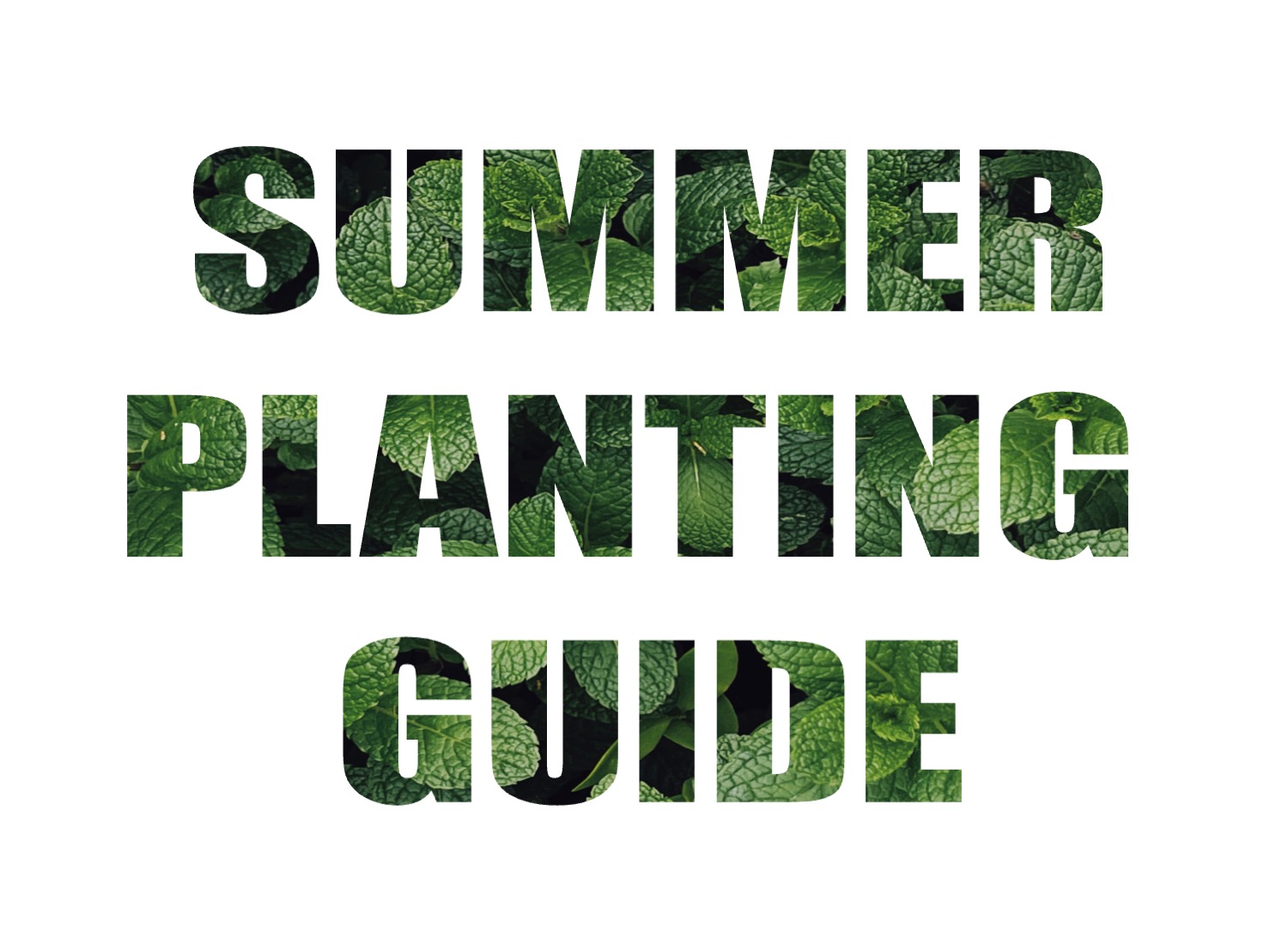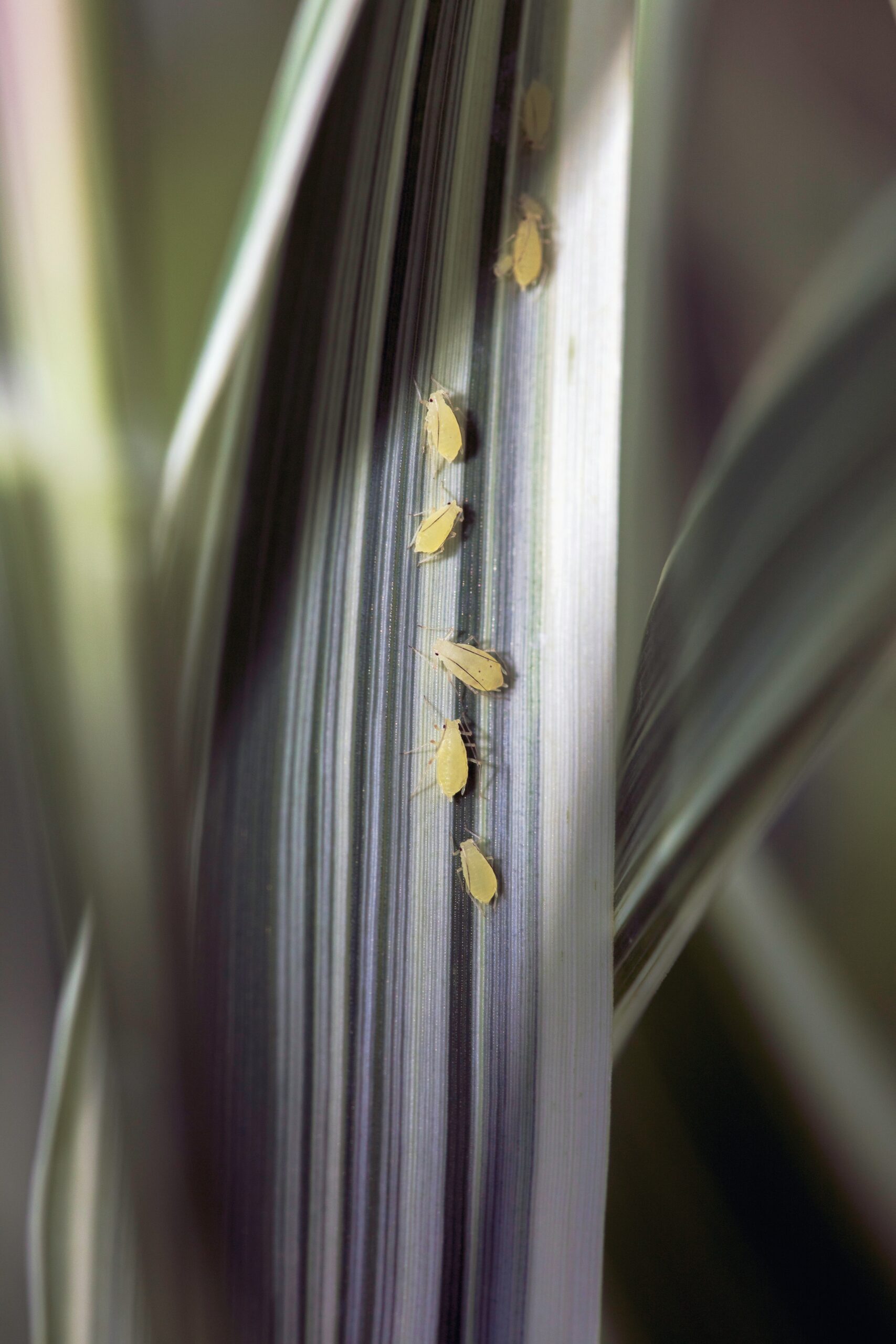Just like people, plants can experience stress in difficult conditions. Stress in plants is a biological response to situations that negatively impact their health. Plants have developed all kinds of defence mechanisms against stressors such as fungi, drought, heat, cold and pests. These mechanisms enable plants to survive in less than optimal conditions.
As a grower, it’s important to prevent and treat potential sources of stress to enable your plants to thrive. A happy and healthy plant will bloom optimally and produce a good yield. In this post, we discuss seven common sources of stress for plants.
1. Over or under watering (flood and drought)
It is important to provide your plant with the optimal amount of water or nutrient solution. Over watering will slow growth and can create the perfect conditions for pests and diseases. Under-watering can cause deficiencies and wilting. To learn more about how and when to water your plants check out our posts How Often Should I feed my Plants? and The Fundamentals of Water.
2. Environmental
Every plant has different preferences and needs. For example, some plants prefer full sun, while others prefer shade. Some plants enjoy frequent watering and moist soil while others prefer infrequent watering. Always consider the individual characteristics of a plant when designing the optimal growing environment. Placing your plants in an environment for which they are not suited will cause the plant stress.
Plants can also experience stress when being relocated from one environment to another. For example, plants that are bought inside over the winter months. Always try to reduce any major fluctuations in a plant’s environment to reduce stress.
3. Nutrient deficiency or over fertilization
Plants require a certain amount of nutrients in order to thrive. A nutrient deficiency occurs when a plant does not take up enough nutrients. Over fertilization or burning occurs when a plant is over fed.
Symptoms of nutrient deficiency include brown spots, yellowing of the leaves, or discoloured roots. Prevent nutrient deficiency by using high quality nutrients and checking the EC of your nutrient solution.
Symptoms of over fertilization include leaf tip burning or yellowing and wilting, slowed growth and decreased resistance to pests. You may also see residual salt built-up in your medium.
PH imbalance can prevent plants from taking up certain nutrients so, always keep your nutrient solution within the range of 6.0 – 6.6 (recirculating) or 5.5 – 5.8 for run to waste. Make sure you mix two part nutrients as directed and don’t forget to combine part A & B when required!
Check out our posts How Often Should I Feed my Plants? and Optimal pH Levels in Hydroponics to learn more.
4. Humidity
It is important to get the right balance of humidity in your grow room. If your room is too dry your plants will drink more which can lead to nutrient burn. Low humidity can lead plants to become dehydrated which can stagnate growth and cause the stomata to close. When humidity is too low, an evaporative cooler or humidifier can increase humidity levels. Some growers spray and mist their plants to increase humidity or add open water sources to their room.
Excessive humidity will reduce the plant’s ability to process CO2. This is because moist air suffocates the stomata, reducing its ability to collect the CO2 needed for vigorous growth. In addition to this, moist air reduces the plant’s ability to transpire. Transpiration is the movement of water from the roots to leaf surface – driven by evaporation. At high humidity, evaporation is low, so transpiration slows down. As a result of this, growth is adversely affected. When humidity is too high, consider extra ventilation or a dehumidifier and water your plants at the start of the light period.
Optimal Humidity:
- Clone: above 80%
- Grow stage: 60%-80%
- Bloom stage: 50%-60%
A hygrometer is a useful tool for measuring humidity. Check out our post Temps & Humidity: A Guide to learn more.
5. Re-potting
Re-potting or transplanting is a stressful event for a plant, but there are steps you can take to reduce the effects:
- Only transplant when your plants are ready (before the plant becomes root bound but after it has developed a strong root system).
- Ensure there is plenty of space available in the new container.
- Limit disturbance to the root system. Be gentle during the transplant!
- Attempt to keep the root ball intact. This can be achieved by turning the pot upside down. DO NOT SHAKE OUT THE SOIL.
- Water immediately after transplanting.
- Use a root boosting nutrient or additive such as RYZO
6. Disease
Plants can suffer stress when they are battling diseases. Plant diseases include botrytis, powdery mildew, pythium and phytophthora. We recommend a holistic approach to root diseases:
- Oxygenate your nutrient solution with an air pump, air stones or a product such as Oxy Plus
- Ensure the temperature of the nutrient solution is between 20-23°c
- Reduce the strength of your nutrient solution to ½ the usual concentration and add a fungicide such as Fungarid for 1 week. Follow-up with preventative treatments containing beneficial bacteria such as BAC Daily.
For fungus and mildew spray with a fungicide such as Fungarid. Sulphur containing fungicides are the most effective treatment for PM. Prevent PM by ensuring your plants have a healthy immune system. Products such as BAC Daily and PSI stimulate a plant’s inbuilt immune system, improving overall plant health and increasing resistance to outbreaks of mildew.
To prevent botrytis, increase airflow in the room. Use clip fans and wall mount fans to increase airflow. Potassium silicate products (such as Quantum Silica) can prevent rot spreading through the flowers. Inspect flowers close to harvest to detect infections. Once botrytis has established itself in your crop it is almost impossible to control. Harvest infected flowers immediately, botrytis spreads very quickly.
7. Pests
Pests can cause plants significant stress. Common grow room pests include aphids, gnats and spider mites. They can cause severe damage and should be treated by spraying plants to prevent infestation.
Kryptomite provides 4 weeks of systemic protection against spider mites in earlier stage plants. If it is late in the flower stage, Mite Aerosol is recommended instead. For best results, do not use the same mite spray more than 3 times on the same cycle. Recommended treatments include Mite Aerosol, Kryptomite, and Kill-a-Mite.
Left untreated, Scaria can easily kill a plant. Their larvae chew on and devour the fine root hairs of your plants; increasing the risk of waterborne diseases like Pythium. Gnatural is an effective Sciaria treatment. Fungarid may also be required to treat for common diseases caused by Sciaria. Sticky yellow fly traps can also be applied horizontally on the edge of pots to control and detect adult Sciaria.
Sap suckers feed on sugar, causing leaf tissue to die. This can present as rust-like spots. Treat with products such as Kryptomite, Mite Aerosol, or Mavrik. Prevent with predator bugs and check plants regularly to catch infestations early. Aphid infestations can appear as white spots. Treat aphids with a sucking insect spray such as Azamax.







